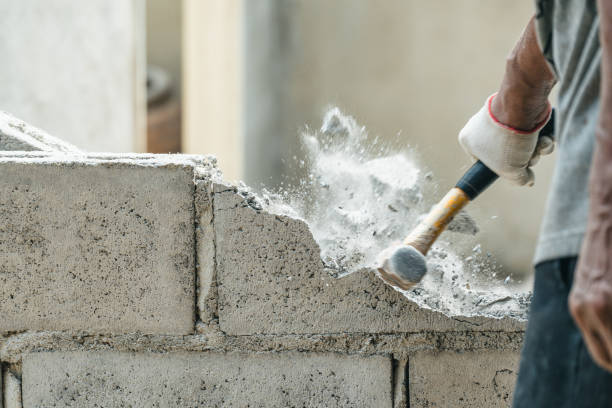
What are the different methods of foundation repair?
Foundation repair is a critical aspect of maintaining the structural integrity of a building. Various methods exist to address foundation issues, each tailored to specific types of damage or soil conditions. From traditional solutions like slab jacking and mud jacking to more advanced techniques such as helical piers and push piers, the realm of foundation repair offers a range of options to address different scenarios.
Understanding these methods and their applications can be essential for property owners facing foundation challenges, ensuring a secure and stable structure for the future.
Slabjacking and Mudjacking
Slabjacking and mudjacking are commonly used methods of foundation repair that involve raising and stabilizing concrete slabs by injecting materials underneath to fill voids and lift the structure back to its original position. This process begins by drilling small holes into the affected concrete slab.
A specialized mixture, often composed of cement, sand, and other additives, is then pumped into these holes under pressure. As the mixture flows beneath the slab, it fills any gaps and voids, ultimately raising the slab to the desired level. The injected material solidifies, providing support and stability to the foundation.
Both slabjacking and mudjacking offer a cost-effective solution for addressing foundation settlement issues caused by soil compaction, erosion, or poor construction practices. These techniques can effectively restore the integrity of the concrete slab without the need for extensive demolition or reconstruction. However, it is essential to consult with a qualified foundation repair specialist to determine the most suitable method for addressing specific foundation problems.
Helical Piers and Push Piers
Helical piers and push piers are innovative foundation repair solutions that provide structural support and stability to buildings experiencing settlement or sinking issues. Helical piers are composed of steel shafts with helical blades that are mechanically screwed into the ground beneath the foundation.
These piers are effective in transferring the weight of the building to more stable soil layers, preventing further settlement. Push piers, on the other hand, consist of steel pipes that are driven into the soil until they reach load-bearing strata. Hydraulic jacks are then used to lift the foundation back to its original position, providing support and stability.
Both helical piers and push piers are minimally invasive methods that do not require extensive excavation, making them cost-effective and efficient solutions for foundation repair.
These techniques are suitable for a variety of foundation types and can be installed in a relatively short amount of time, minimizing disruption to the property. By addressing the underlying causes of foundation settlement, helical piers and push piers help restore the structural integrity of buildings and prevent further damage.